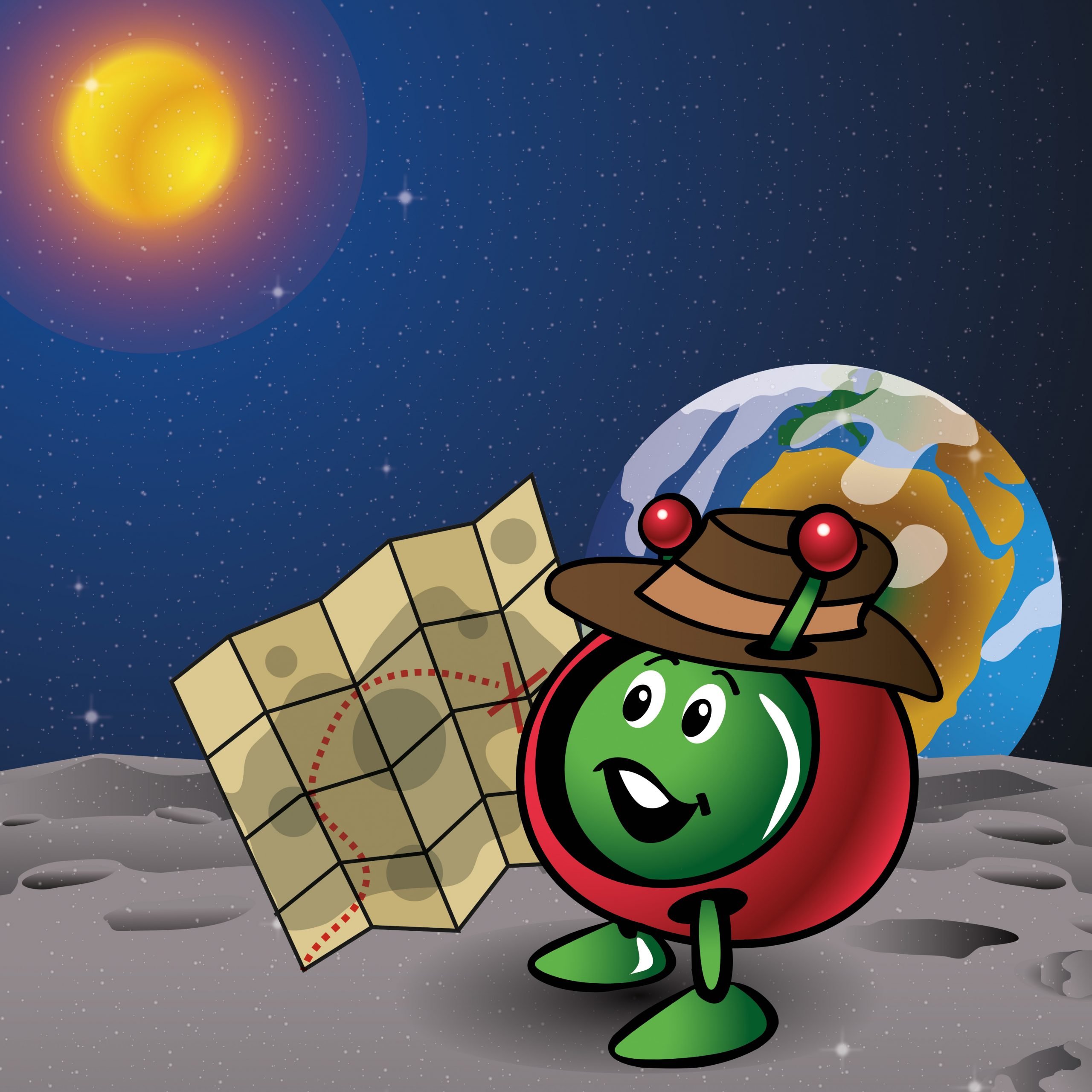Mission on the Moon – Program a classmate to complete a mission on the Moon
This activity will introduce students to logical thinking by planning, testing and executing a simple mission on the Moon.
Students will work in pairs and take it in turns to play the roles of “mission controller” and “rover”.
One student will give commands to enable the other to navigate blindly across the lunar surface. They will have to follow a set route to avoid obstacles, carry out missions and arrive safely at their destination.
Learning Objectives:
Age range:
8-12 years old
Time
Lesson: 45 minutes
Resource available in:
Activity 1: Mission planning
In this activity, students will complete a mission on the Moon by guiding an imaginary rover on the Moon. Students will have to list a series of instructions to reach from the landing site to a final destination while carrying out a mission, and avoiding hazards on the way.
This activity is an introduction to logical thinking. Older students can skip this activity and go directly to Activity 2.
This activity is an introduction to logical thinking. Older students can skip this activity and go directly to Activity 2.
Equipment
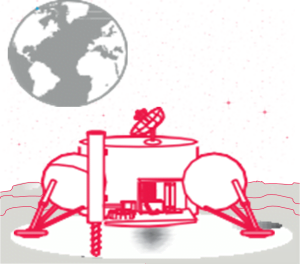
Activity 2: Design and test your mission
In this activity, students will work in pairs to design their own missions to the Moon. They will play the role of mission controller and create a mission for their classmate, playing the role of a rover, to carry out. they will take turns playing the two different roles.
Equipment
Did you know?
Satellites studying the Moon have found that there is water ice at its poles. The ice has been found buried in the bottom of some craters that are always in shadow. On a future Moon base, astronauts might be able to dig or drill the frozen soil to get ice that they can melt to have liquid water.
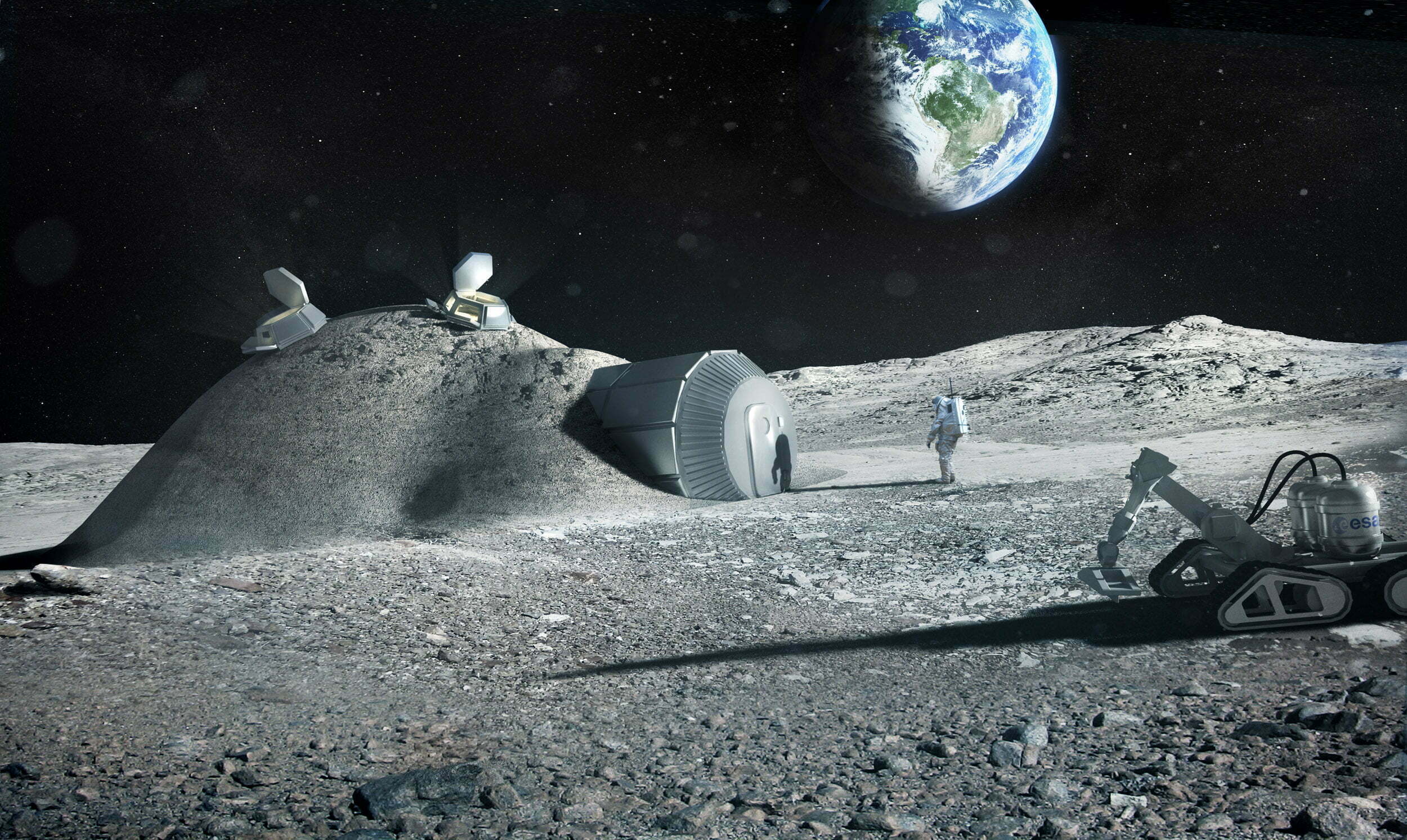
Keywords:
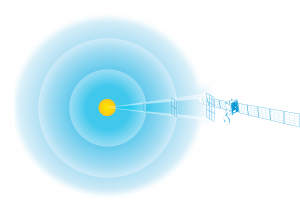
Power from Sunlight – Powering space exploration with solar energy
Brief description: In this set of activities, students will learn about two concepts that influence solar panel design for space missions: the inverse square law
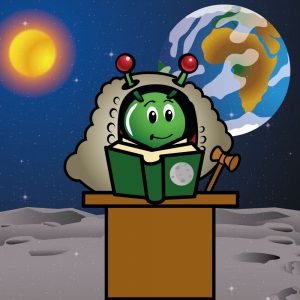
Moon Constitution – How would a future lunar community be organised?
Brief description: In this resource, pupils will debate some organisational and social characteristics of a future settlement on the Moon and relate it to their

Spacecraft Materials Kit
Brief description: Pupils can use the ESA Spacecraft Materials Kit to experimentally investigate a variety of different materials. A set of five activities enables pupils to get

